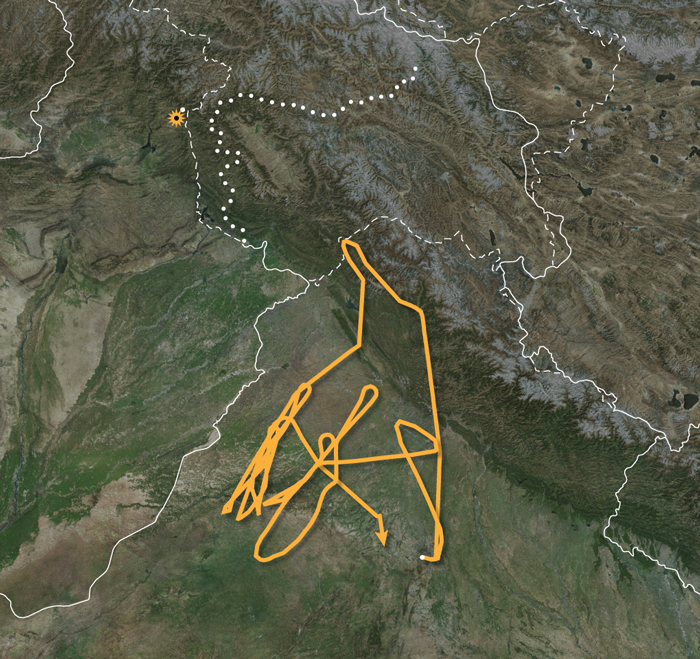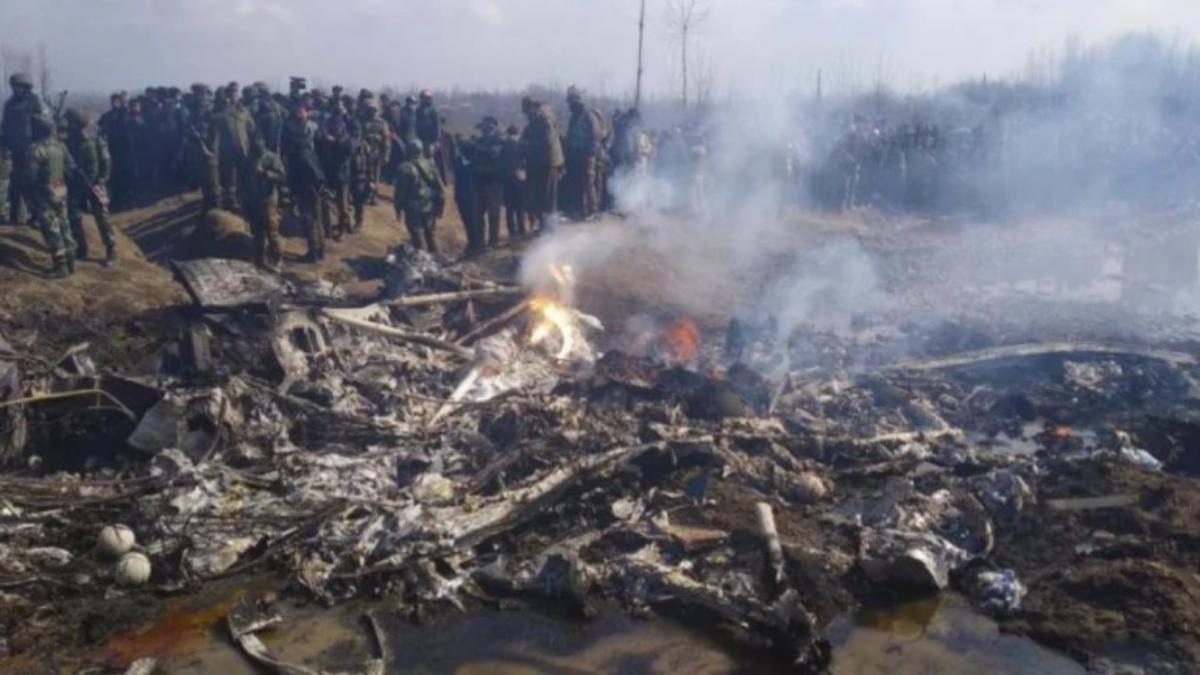Indian Air force gave a press conference not evidence, which Pakistan was easily able to counter by inviting international journalist to asses the damages and showing satellite images which mostly shows vegetation damages.
Numerous independent reports suggest IAF failed to hit its intended target,
Editor’s Note: This is an essay from "Policy Roundtable: The Future of South Asia" from from our sister publication, the Texas National Security
warontherocks.com
A look at how India’s airstrike unfolded inside Pakistan.

graphics.reuters.com
Indian Air-force also said we couldn't give Pakistan a proper response because of tech asymmetry. which considering the budget difference between IAF and PAF is just sad.
"We felt we could not punish the adversaries appropriately. So we need to bolster technological asymmetry so that the enemy does not even dare to come close to the border,"
The IAF said Pakistan Air Force has been consistently enhancing its air defence and offensive capabilities since the Kargil war in 1999 and there was a need for India to bolster its "technological asymmetry."

economictimes.indiatimes.com
IAF chief also admits big mistake, says our own missile hit chopper.
The Budgam air crash on February 27 that left 6 IAF personnel, was a big mistake on part of the air force, admitted IAF chief RKS Bhadauria.

www.indiatoday.in
If balakot was such a success then why is the IAF making such statements ?
Pakistan was able to successfully spin the narrative to its advantage, because IAF was not able provide credible evidence and instead admitted IAF has tech asymmetry and that IAF's own missile hit its Mi-17 killing 6 IAF personnel.
From a Infromation warfare and propaganda point of view balakot air strike was a big failure.





